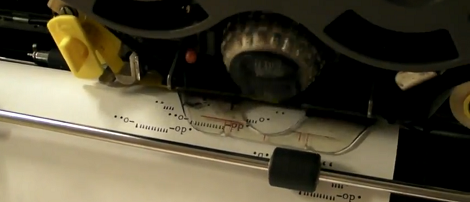
Last month, [Vinod] bought a pair of hobby servos on a whim. These servos sat on the shelf for a while until [Vinod] asked his friend what he should use them for. [Achu] suggested using the servos for a walking robot, so after checking out a few YouTube videos of some servo-powered walkers, [Vinod] built his own.
The robot is built around a TI Launchpad housing an MSP430 microcontroller. An extremely simple circuit (just some servos and a cap) power the robot along by alternating the direction the servos turn.
[Vinod]’s two-servo locomotion mechanism is very reminiscent of BEAM robots, extremely simple walking (or rolling) robots made out of just a few logic circuits. This TI Launchpad is in some ways even simpler; where [Mark Tilden]’s Walkman robot used several 74-series octal buffers, [Vinod]’s project is just a Lanuchpad and a pair of servos.
All the code is available on [Vinod]’s blog. Check out the demo video after the break.
Continue reading “Two Motor Walking Robot With A TI Launchpad”












